Batken Region, Kadamjay District, Uch-Korgon Ayil District, Uch-Korgon Village, Destroyed Warehouse of Obsolete Pesticides
Coordinates: 40.274029, 72.047239
In the Batken region, 3 sites were identified from previous inventories. One additional site was indicated by territorial representatives of the DKHZKR (the former agricultural chemicals warehouse near the city of Batken). In total, 4 sites were surveyed.
At the WS-218 site in Batken, there are no stored hazardous wastes in the agricultural chemistry of the Leilek district, and there are also no traces on the ground. According to local residents, there may be hazardous waste burial in a pit for beet pulp (through partial backfilling with soil). Sharp odors are occasionally encountered. The total amount of contaminated soil or buried pesticides is difficult to assess; there are contaminated areas with an approximate volume of up to 15 cubic meters.
The WS178/WS-127 site in the Leilek district, in the village of Besh-Bala, had about 50 barrels of Nitrafen buried between 2000-2002. According to eyewitnesses, in 2005 the burial was excavated, the barrels were sold, and only 3 full barrels of Nitrafen remained. The area of the former burial site is located 50-100 m from the settlement and 300 m from the river. The burial ground appears to be destroyed, and according to local residents, the metal barrels were later stolen. Soil contamination is possible. The total amount of contaminated soil or buried pesticides is difficult to assess; there are areas with atypical dark spots with an approximate volume of up to 10 cubic meters.
The warehouse of the former Raizselkhozkhimia WS179/WS-128 in the Leilek district, in the village of Bulak-Bashy, is privately owned and is not guarded around the clock. The distance from the nearest house is about 50 m. The warehouse, where a lot of hazardous waste is stored, is not locked, and the window is open. There is a possibility of unauthorized access. The roof of the warehouse is partially destroyed, and there are hazardous wastes in damaged packaging weighing 4500 kg (Prozazin), with a sharp odor present. There are no metal barrels.
To date, despite the abundance of previously implemented projects for the inventory of obsolete pesticides, contrary to national legislation:
• there are no laboratory data bases on the composition of waste;
• waste passports are absent;
• regular monitoring of the condition of obsolete pesticide waste is not conducted (only within the framework of international projects);
• there is no executive authority responsible for the storage and disposal of waste;
• insufficient laboratory capacity for conducting analyses on obsolete pesticides, including POPs;
• information on the composition of obsolete pesticides is lacking in the regulatory bodies;
• additional research is required on the owners of some warehouses/land where points with obsolete pesticides are located;
• training for local government employees and regulatory and supervisory bodies is necessary;
• responsibility for improper handling of hazardous waste needs to be tightened.
Conclusions
In accordance with the Stockholm Convention on POPs (Article 6 (d) (ii)), waste containing POPs must be destroyed. To find environmentally acceptable methods for the disposal of obsolete pesticides, accurate waste composition is necessary. This requires addressing the issue of equipping laboratories, training personnel, and obtaining accreditation in accordance with GOST ISO/IEC 17025-2019.
Additionally, it is necessary to continuously monitor the condition of contamination points with obsolete pesticides and to repackage and place waste in a temporary storage facility that meets national legislation requirements. Repackaging, construction of a temporary storage facility, and disposal must be accompanied by an environmental impact assessment procedure and obtaining a positive conclusion from the state ecological expertise. For all waste, the owner must provide waste passports and obtain permits for the storage of hazardous waste.
The process of storing and disposing of hazardous waste must be under the control of environmental regulatory bodies.
To do this, it is necessary to initiate the process of maximum legalization of the data obtained from the inventory.
Past inventories did not serve as a basis for creating a monitoring system for the management of obsolete pesticides. As a result, a large volume of uncontrolled hazardous waste has become a threat to the environment, life, and health of the population living near the points of placement of obsolete pesticides.
Full report on the inventory of obsolete pesticides (OP) in Chui, Talas, Naryn, Issyk-Kul, Jalal-Abad, Osh, and Batken regions
Warehouse of the former Raizselkhozkhimia. At the time of arrival, no hazardous waste was found. There is no smell or traces on the ground. The warehouse contains construction materials. The warehouse is privately owned, there is no smell, no hazardous waste, and no traces on the ground.
In the Batken region, 3 sites were identified from previous inventories. One additional site was indicated by territorial representatives of the DKHZKR (the former agricultural chemicals warehouse near the city of Batken). In total, 4 sites were surveyed.
At the WS-218 site in Batken, there are no stored hazardous wastes in the agricultural chemistry of the Leilek district, and there are also no traces on the ground. According to local residents, there may be hazardous waste burial in a pit for beet pulp (through partial backfilling with soil). Sharp odors are occasionally encountered. The total amount of contaminated soil or buried pesticides is difficult to assess; there are contaminated areas with an approximate volume of up to 15 cubic meters.
The WS178/WS-127 site in the Leilek district, in the village of Besh-Bala, had about 50 barrels of Nitrafen buried between 2000-2002. According to eyewitnesses, in 2005 the burial was excavated, the barrels were sold, and only 3 full barrels of Nitrafen remained. The area of the former burial site is located 50-100 m from the settlement and 300 m from the river. The burial ground appears to be destroyed, and according to local residents, the metal barrels were later stolen. Soil contamination is possible. The total amount of contaminated soil or buried pesticides is difficult to assess; there are areas with atypical dark spots with an approximate volume of up to 10 cubic meters.
The warehouse of the former Raizselkhozkhimia WS179/WS-128 in the Leilek district, in the village of Bulak-Bashy, is privately owned and is not guarded around the clock. The distance from the nearest house is about 50 m. The warehouse, where a lot of hazardous waste is stored, is not locked, and the window is open. There is a possibility of unauthorized access. The roof of the warehouse is partially destroyed, and there are hazardous wastes in damaged packaging weighing 4500 kg (Prozazin), with a sharp odor present. There are no metal barrels.
To date, despite the abundance of previously implemented projects for the inventory of obsolete pesticides, contrary to national legislation:
• there are no laboratory data bases on the composition of waste;
• waste passports are absent;
• regular monitoring of the condition of obsolete pesticide waste is not conducted (only within the framework of international projects);
• there is no executive authority responsible for the storage and disposal of waste;
• insufficient laboratory capacity for conducting analyses on obsolete pesticides, including POPs;
• information on the composition of obsolete pesticides is lacking in the regulatory bodies;
• additional research is required on the owners of some warehouses/land where points with obsolete pesticides are located;
• training for local government employees and regulatory and supervisory bodies is necessary;
• responsibility for improper handling of hazardous waste needs to be tightened.
Conclusions
In accordance with the Stockholm Convention on POPs (Article 6 (d) (ii)), waste containing POPs must be destroyed. To find environmentally acceptable methods for the disposal of obsolete pesticides, accurate waste composition is necessary. This requires addressing the issue of equipping laboratories, training personnel, and obtaining accreditation in accordance with GOST ISO/IEC 17025-2019.
Additionally, it is necessary to continuously monitor the condition of contamination points with obsolete pesticides and to repackage and place waste in a temporary storage facility that meets national legislation requirements. Repackaging, construction of a temporary storage facility, and disposal must be accompanied by an environmental impact assessment procedure and obtaining a positive conclusion from the state ecological expertise. For all waste, the owner must provide waste passports and obtain permits for the storage of hazardous waste.
The process of storing and disposing of hazardous waste must be under the control of environmental regulatory bodies.
To do this, it is necessary to initiate the process of maximum legalization of the data obtained from the inventory.
Past inventories did not serve as a basis for creating a monitoring system for the management of obsolete pesticides. As a result, a large volume of uncontrolled hazardous waste has become a threat to the environment, life, and health of the population living near the points of placement of obsolete pesticides.
Full report on the inventory of obsolete pesticides (OP) in Chui, Talas, Naryn, Issyk-Kul, Jalal-Abad, Osh, and Batken regions

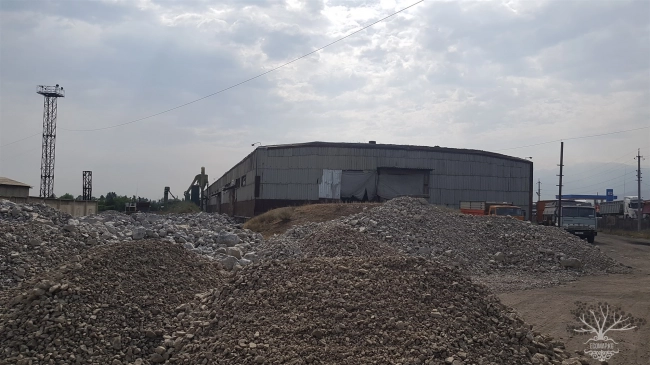
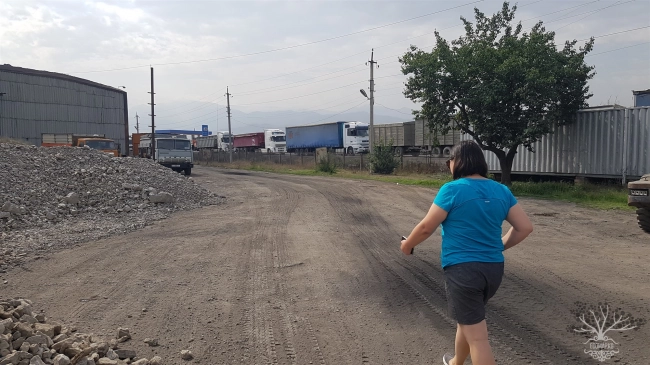
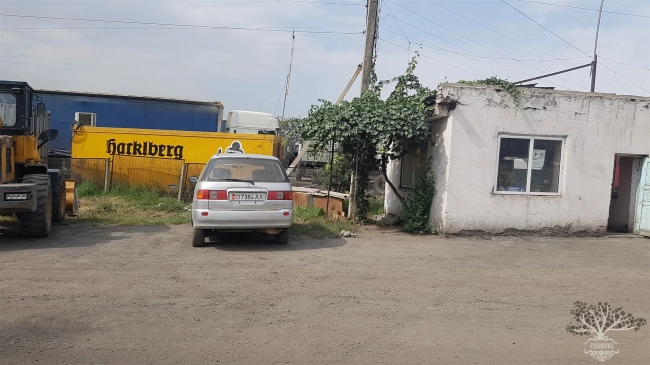
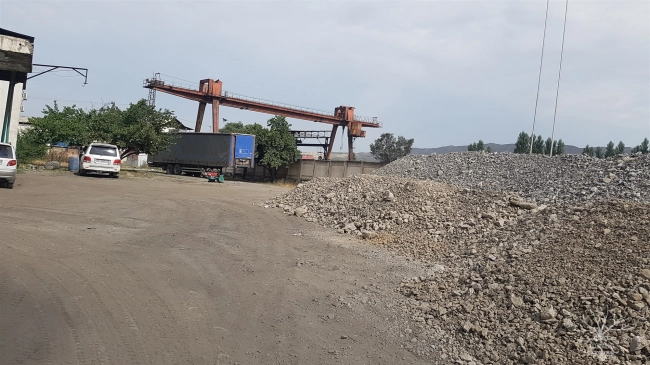
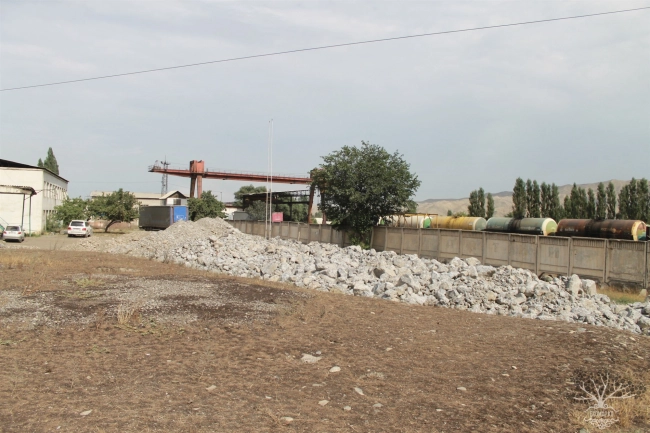

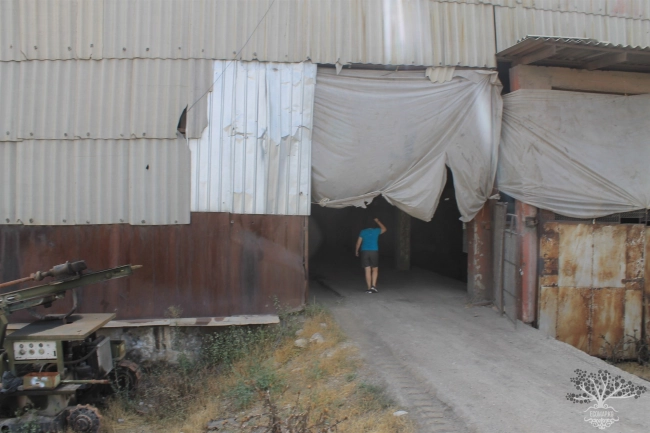
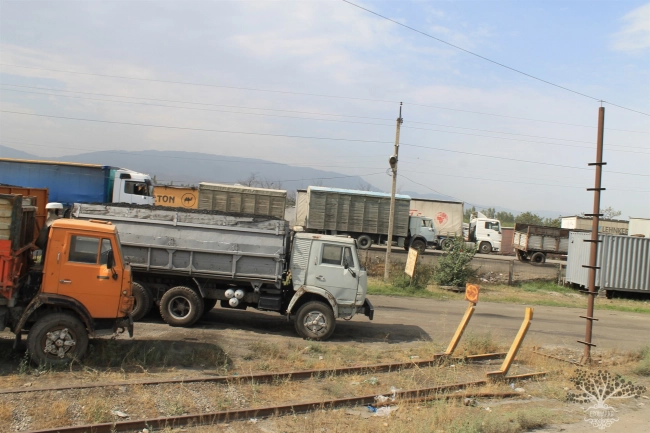
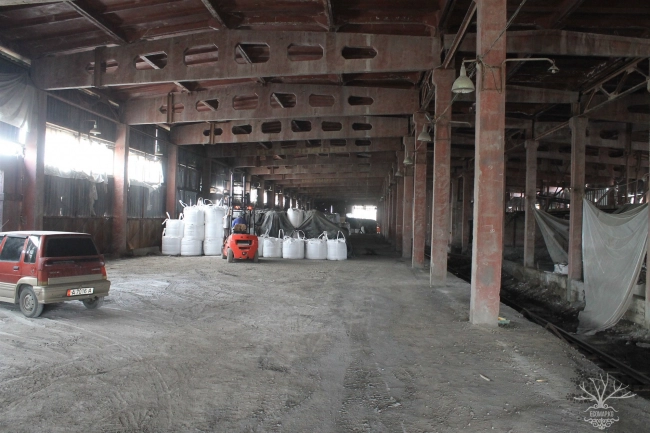
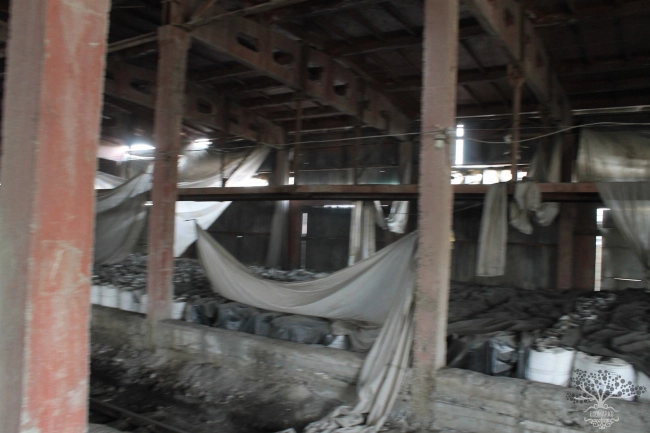
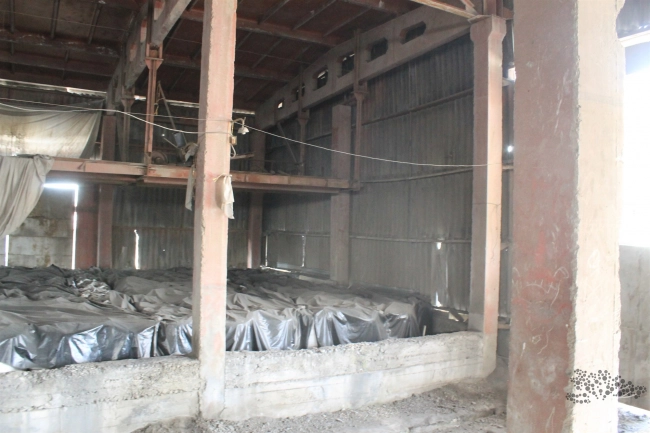



















Attention: Information based on submitted complaints